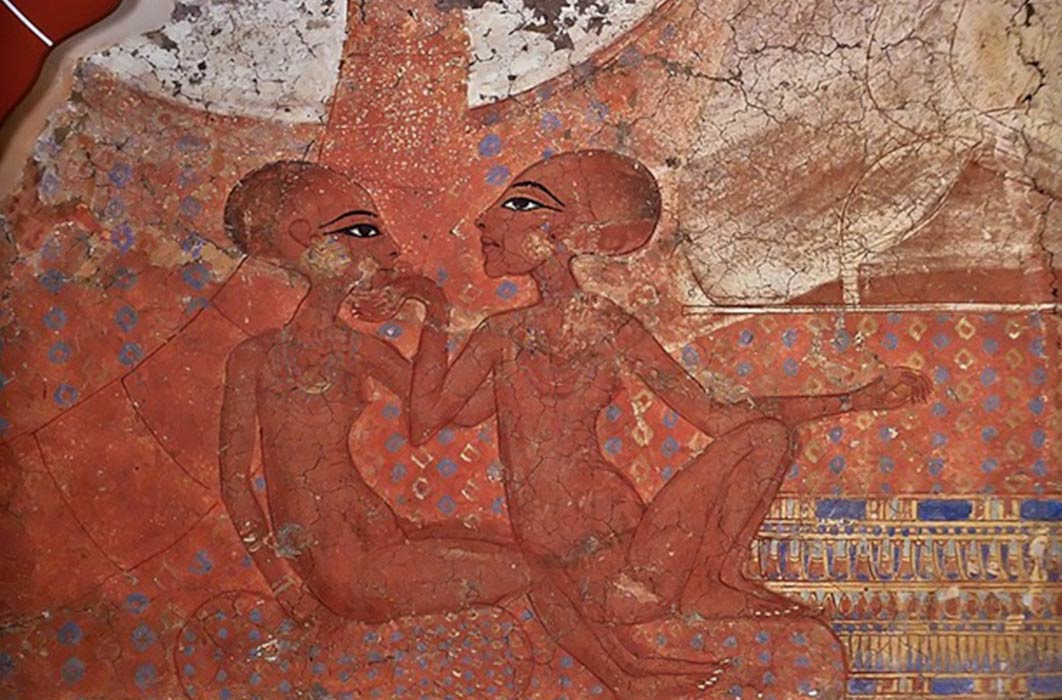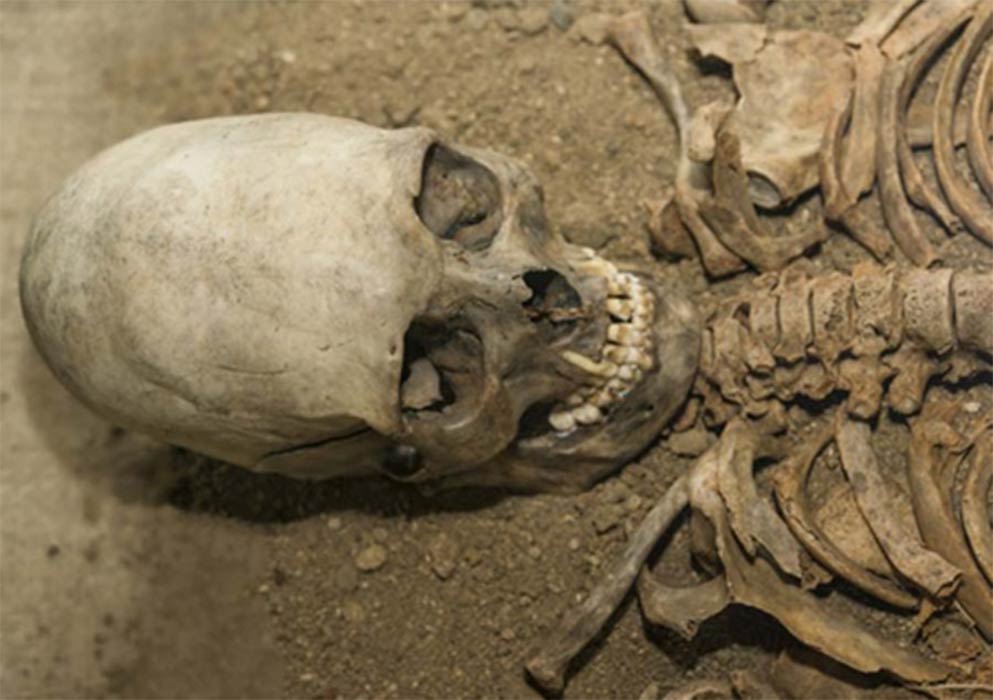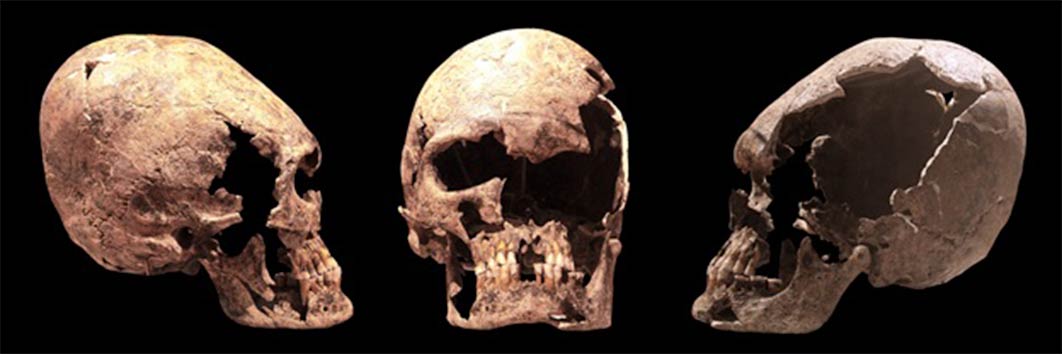
Gods of Antiquity: Elongated Skulls From Africa
The remains of an ancient female skeleton with an elongated skull, dating back to 400 – 600 AD, has been found during recent excavations at the Gamurzievsky settlement in the city of Nazran, Ingushetia, southern Russia. Discoveries such as these make headlines as if elongated skulls were unusual and a rarity. Humans with natural large cone-headed skulls were plentiful and actually dominated parts of the world in ancient times. Calling them ‘alien’ is circumventing a scientific explanation. The development of man in southern Africa is well documented. The Boskop and Hofmeyr skulls found in 1913 and 1952 in South Africa, both indicate larger brain capacity.

An elongated skull ( gerasimov174 / Adobe Stock)
Intelligent Archaic Strain
Author Dr Pieter Wagener proposes that a mutation in the hominid line occurred about 1.4 million years ago, which endowed an alternate developing human species with a larger brain. This species, called an archaic strain, developed in tandem with ordinary Homo sapiens, but dominated them because of superior intelligence. The author proposes that this species migrated northwards about 50,000 years ago and established, from seemingly nowhere, the great civilizations of the northern hemisphere. They appeared among hunter-gatherers, whom they trained in technology and agriculture. The hunter-gatherers’ subsequent memories and legends endowed their mentors with super-human abilities, elevating them to the status of divine gods and angels of scripture.

‘Scenes from every land, second series’; explaining conical shaping of an infant’s head. (CC0)
Elongated Skulls Of The Elite
Elongated skulls have been regarded as indicative of elite ancestors from the past and a tradition arose to artificially deform the crania of babies by binding strictures to resemble these venerated ancestors when grown up. This tradition was prevalent in Central Europe, South America and still exists in parts of Africa. In some cultures, women with such elongated skulls were regarded as high-ranking ‘treaty brides’.

Elongated skull of a young woman, probably an Alan. On display at Yverdon History museum. (CC BY-SA 2.0)
The Boskop Skull From Africa
It is an uncomfortable fact to mainstream Darwinists that a species with large cone-headed skulls with possible higher intelligence dominated parts of the world till about 400 AD. But an enigma remains: from where did they originate?




